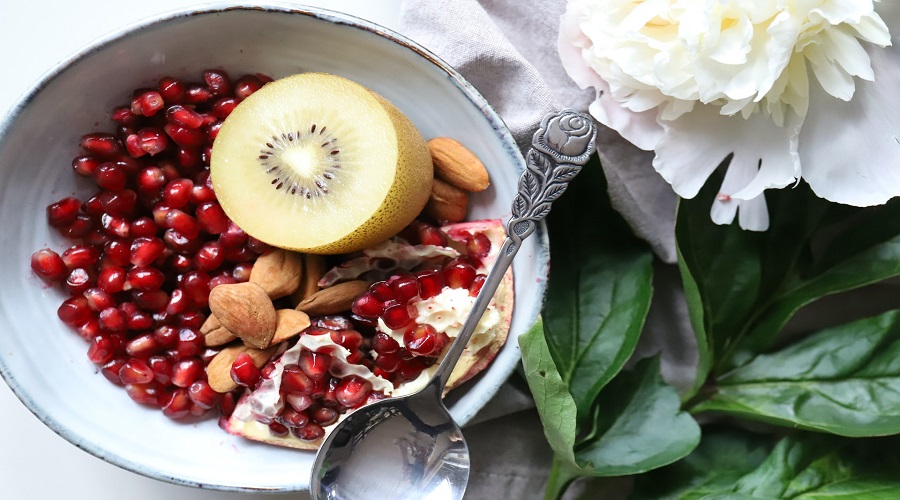When you eat, your body breaks down food into glucose, which serves as a signal for the pancreas to release insulin hormone. With the help of insulin, your body becomes capable of using glucose as energy, or directs it to your liver or muscles. Insulin resistance happens when your body cells do not respond to the insulin, so your body won’t be able to use glucose in your blood as energy. This leads to an increased level of glucose level in your bloodstream, and its consistently high level in your bloodstream may lead to prediabetes, and eventually to Type 2 diabetes. However, by using diet for insulin resistance, and doing the right exercises, you can reverse the condition.
There is not a one size fits all diet for insulin resistance but by consuming whole, nutrient-dense foods that are low in glycemic index, you can improve prediabetes and insulin resistance. The key to reversing diabetes resistance is to make changes that you can stick to it. So, it is important to stick to a diet for insulin resistance that you can maintain for long-term. Mediterranean diet or DASH diet can be easier to stick to than restrictive diet foods like keto or paleo.
Consuming the types of foods below as the diet for insulin resistance can help you reverse your diabetes.
Whole grains: Whole grains like oats, barley, quinoa, millets, and rye can help as these are low on glycemic index and reduce the risk of developing diabetes and heart diseases.
Beans and legumes: Consume soybeans, chickpeas, and lentils, these have been observed to slow the raised blood sugar, and improve fasting glucose levels in the people with Type 2 diabetes.
Lean protein: Combining lean protein diet with exercise can improve insulin sensitivity, and decrease inflammation and fat mass.
Fruits: Make high-fiber fruits, such as berries, bananas, peaches, kiwis, and pears as a vital part of your diet for insulin resistance. A meta-analysis test of high-fiber fruits has found that these fruits help in glycemic control and insulin resistance.
Non-starchy vegetables: Non-starchy vegetables like leafy greens, eggplant, asparagus, and mushrooms are lower in carbohydrates. When eaten in small quantities, these increase insulin sensitivity and reduce the risk of Type 2 diabetes.
Healthy fats: Consume monounsaturated fats like nuts, olive oil, and avocado oil to improve your insulin sensitivity.







